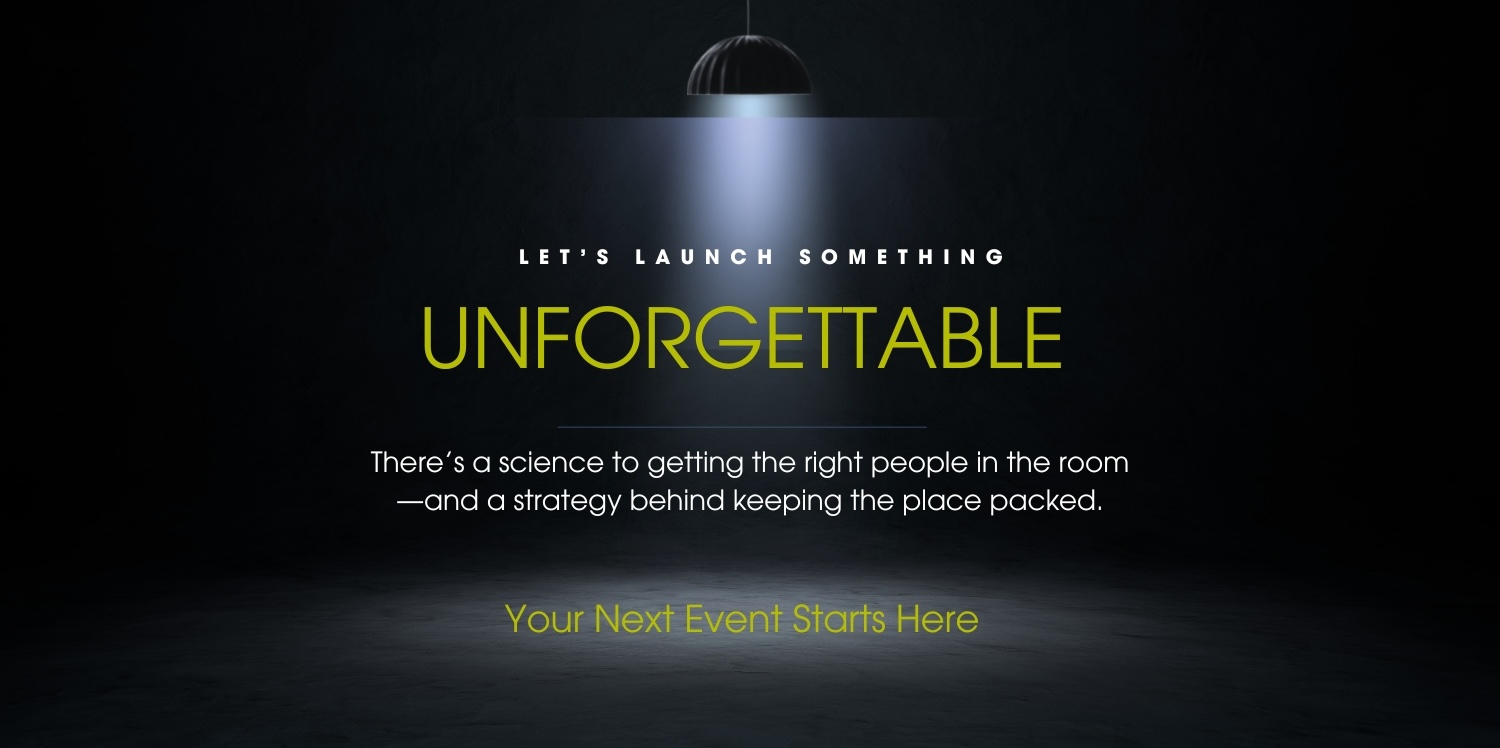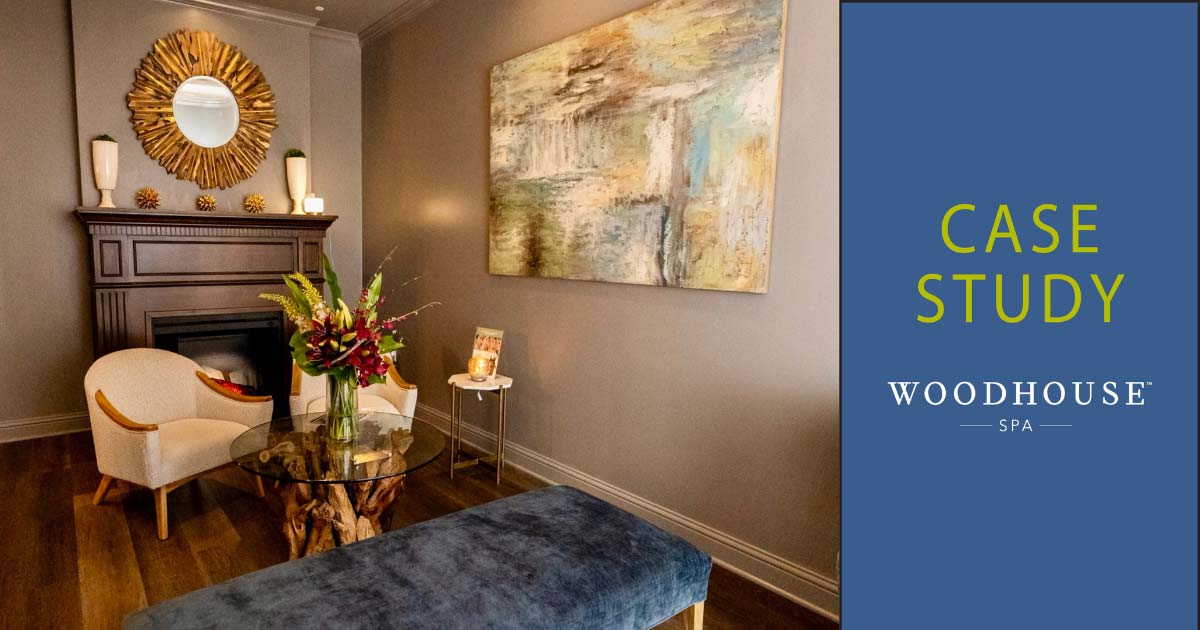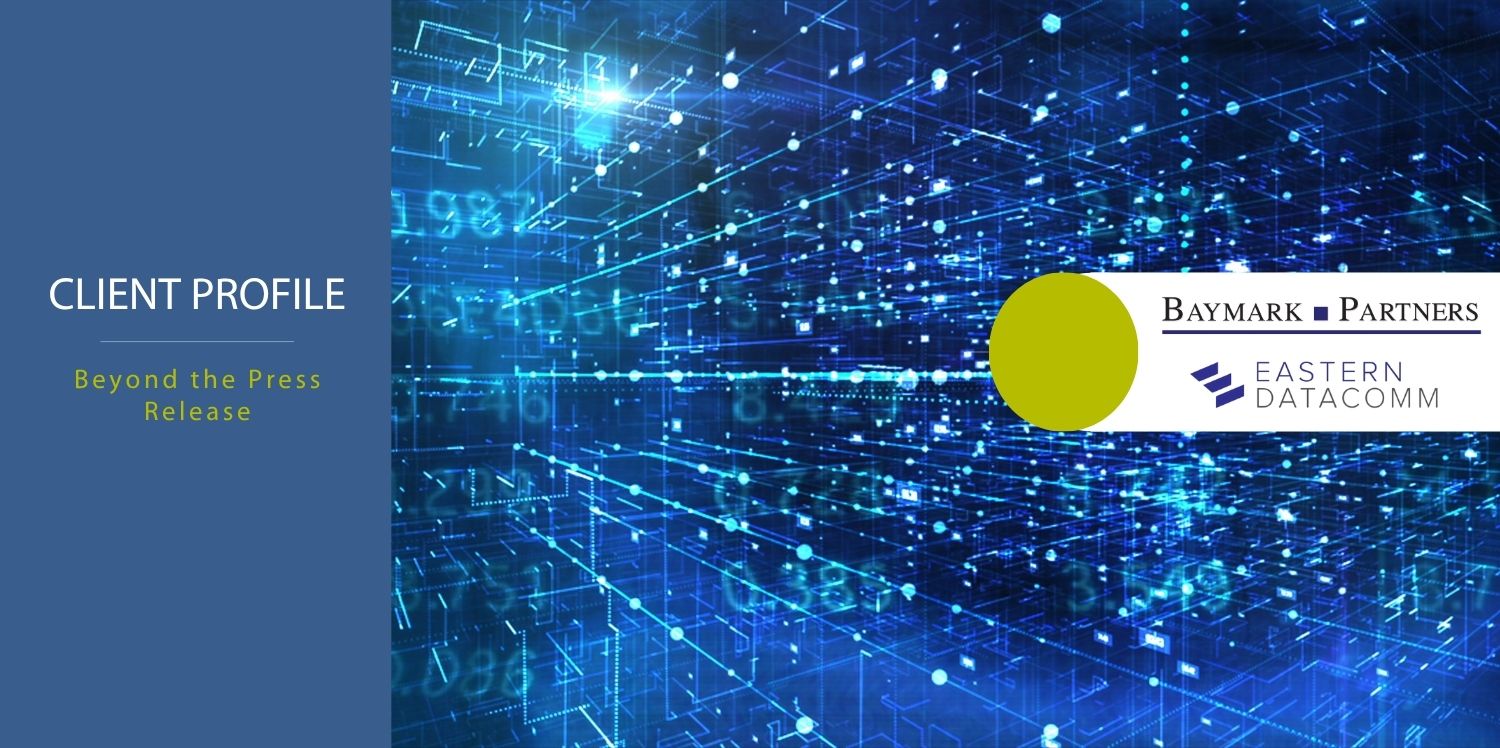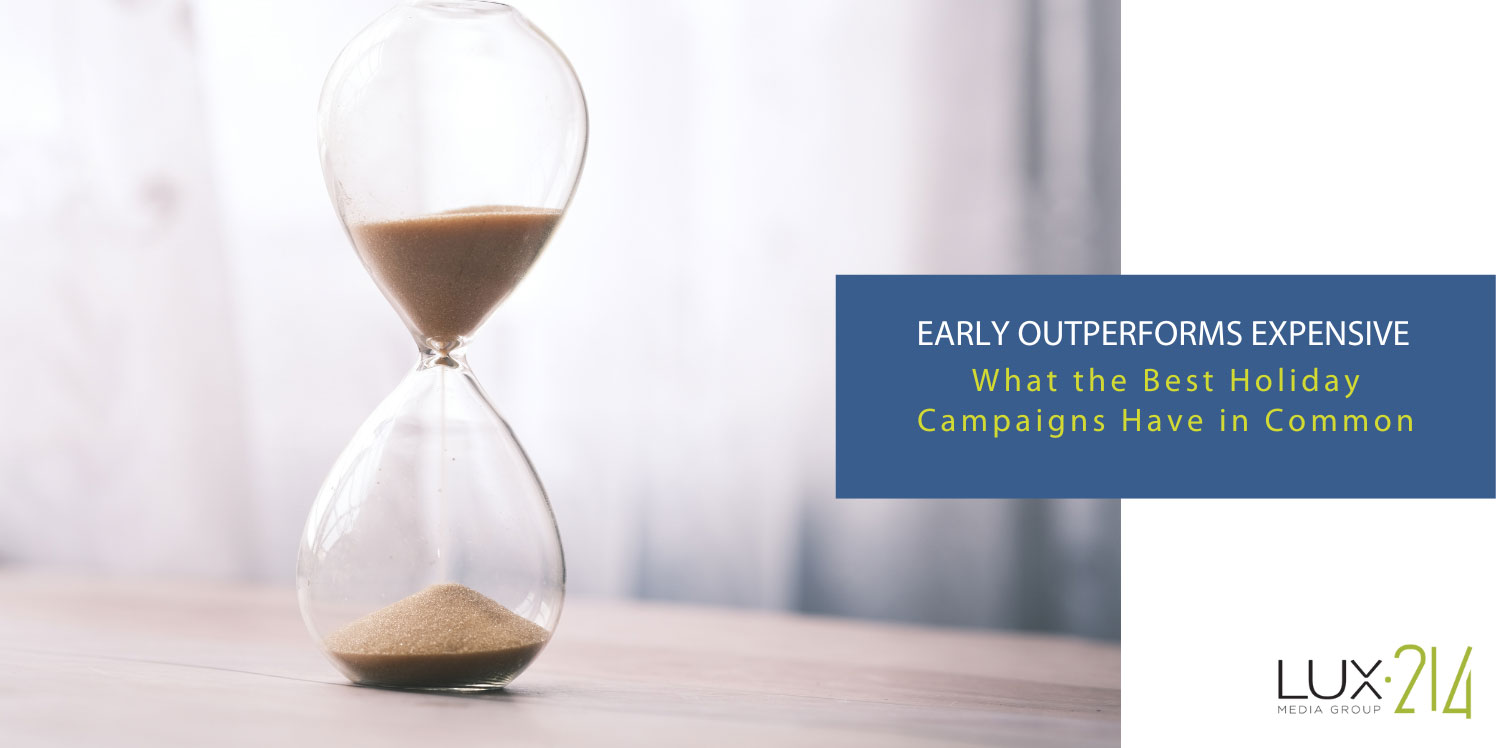A successful event isn’t just a celebration—it’s a precision-crafted marketing asset. For CEOs, CMOs, founders, and private equity leaders, live events offer an unmatched opportunity to build brand authority, compress sales cycles, and foster high-value relationships.
But great events don’t just happen. They’re engineered. Here’s how to do it right.

1. Perfect the Guest List—And Start Early
The most impactful events begin with the right people in the room. Spend 2–4 weeks assembling and curating a list that includes current clients, top prospects, dormant leads, local influencers, press, and industry connectors. Buy vetted third-party data if needed—but make sure it’s clean and segmented. A successful event can yield 25–30% re-engagement of lapsed customers and warm leads when the audience is thoughtfully selected.
Use your CRM to segment invites by priority, title, and geography. Assign relationship owners internally to strengthen outreach.
2. Engage Your Internal Teams
Great event execution is cross-functional. Involve sales, accounting, customer success, and executive leadership to surface high-value guests. Your sales team can invite top accounts personally. Accounting can flag high-revenue former clients. Executive-level invitations drive higher response rates—up to 50% higher—when leadership is involved.
Treat the event as a company-wide growth opportunity, not just a marketing initiative.
3. Invest in the Right Venue and Location
Venue selection sends a message. It reflects your brand’s positioning and values. Choose a location that’s aspirational, exclusive, and conveniently located near your target audience. A luxury space in a high-visibility district can drive RSVPs, elevate your perceived value, and create a strong first impression.
Studies show event environment influences up to 60% of brand perception for new audiences. The venue is part of the experience—invest accordingly.
4. Create Interactive, Brand-Immersive Moments
Don’t just tell your brand story—let guests live it. Build in experiential touchpoints that encourage interaction. For product-based companies, this might mean hands-on demos or guided tours. For service-based businesses, your top team members should be onsite, visible, and engaging.
From branded photo opportunities to curated lounge spaces, these moments build emotional connection and help guests internalize your value proposition.
5. Flawless Execution + Elevated Hospitality (The Lux214 Standard)
At Lux214 Media Group, we believe hospitality isn’t a detail—it’s the whole experience. From the moment your guests arrive, every element should feel intentional, elegant, and effortless.
We design for first impressions: bottled water at the valet stand, warm greetings at check-in, cohesive signage, and a team trained in more than logistics—they’re trained in connection. Our professional service staff is briefed in advance on key guests and tasked with ensuring everyone feels welcomed, seen, and cared for.
We partner with top-tier celebrity Chefs, caterers and beverage partners to ensure offerings are exceptional, brand-aligned, and memorable. Whether it’s a signature cocktail or an unexpected surprise—it should spark conversation.
And as the night winds down? A parting gift—curated, branded, and elegant—leaves a lasting impression.
This level of hospitality is why our events get remembered—and why clients call us again.
6. Promote Early. Promote Often. Promote Everywhere.
Build anticipation with a 4–6 week promotional strategy across email, organic social, paid media, and earned PR. Tease key elements like speakers, experiences, or exclusive guest perks. Use multiple touch points to increase reach and reinforce value.
Cross-promotion with partners and community channels can increase RSVPs by up to 35%. Don’t rely on one post or one email—build a real campaign.
7. Use Influencers—With Contracts, Not Just Hope
Influencers can amplify visibility and credibility—if activated correctly. Allocate 15–20% of your budget to pay local creators or micro-influencers. Set deliverables upfront: content volume, timing, branded language, and story inclusion.
Treat them as strategic collaborators, not just guests. Brief them on your goals. When managed professionally, influencer-driven content often outperforms brand posts in reach and engagement.
8. Design for Connection and Fun
Even your most business-minded guests want to enjoy themselves. Build in moments that spark conversation and joy: live music, creative food stations, surprise entertainment, or interactive installations.
Think in “shareable moments”—what will people photograph, post, and remember? According to Sprout Social, 71% of people are more likely to recommend a brand they’ve had a positive experience with in real life.
9. Build Your Follow-Up Plan Before the Event Starts
Post-event engagement shouldn’t be an afterthought. Develop a follow-up plan before the first guest walks through the door. Prepare thank-you emails, content recaps, and exclusive offers in advance—then deploy quickly while momentum is high.
Segment your list: prospects get one follow-up path, clients another. Consider 2–3 touchpoints over the 2–3 weeks after the event. Include professional event photos whenever possible.
10. Track ROI + Report Like a CMO
Every great event should be measurable. Track RSVPs, attendance, lead engagement, media coverage, social reach, and sales pipeline impact. Use unique links and CRM tagging to connect activity to outcomes.
Package this into a clear, executive-level report with photos, KPIs, and next steps. Post-event reporting not only shows ROI—it builds trust, justifies budget, and strengthens internal alignment for future initiatives.
At Lux214 Media Group, we don’t just produce events—we build momentum. Our team specializes in helping high-growth companies, hospitality groups, and private equity firms turn moments into media, connections into conversions, and experiences into brand equity.
Your Next Event Starts Here.
www.lux214.com






